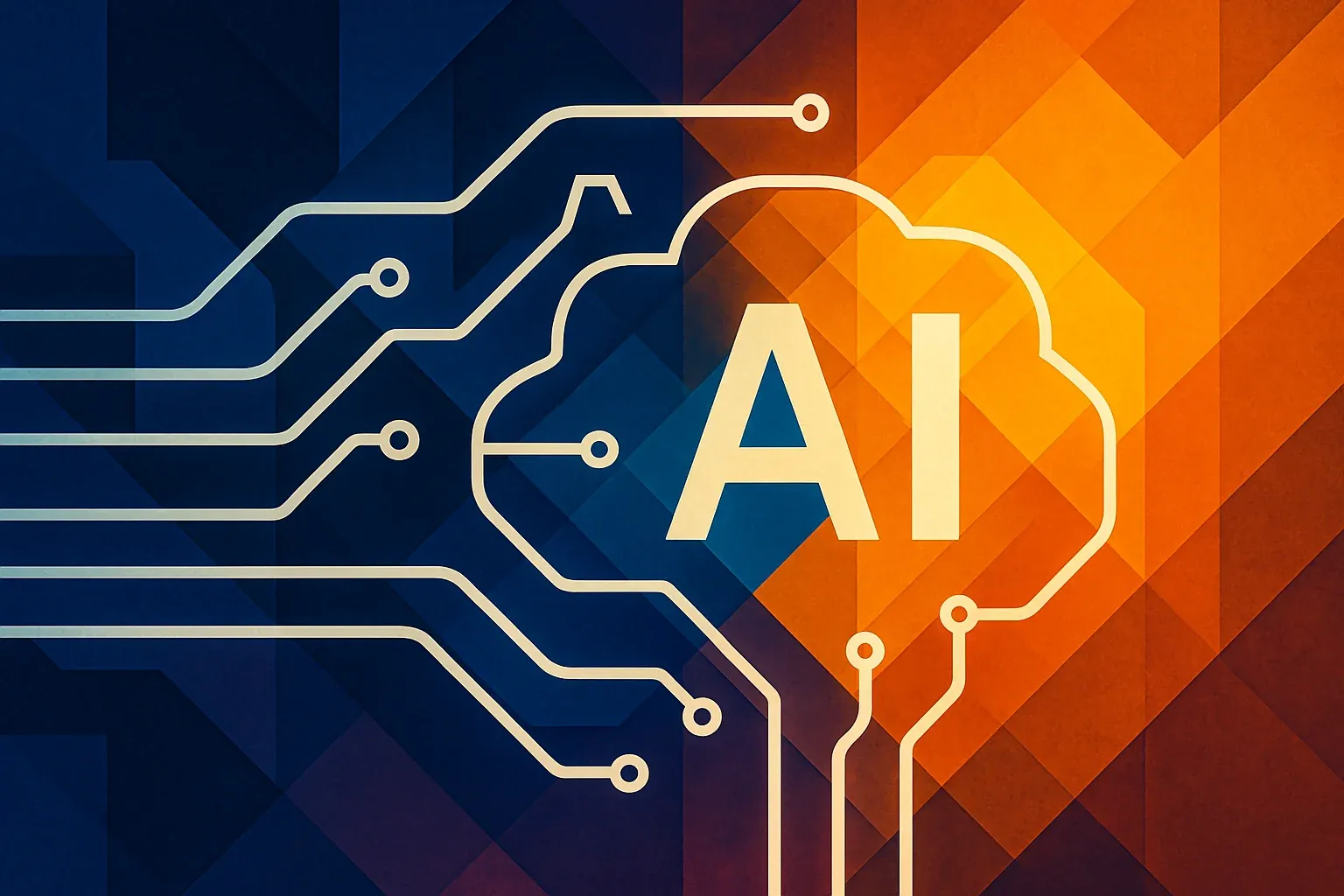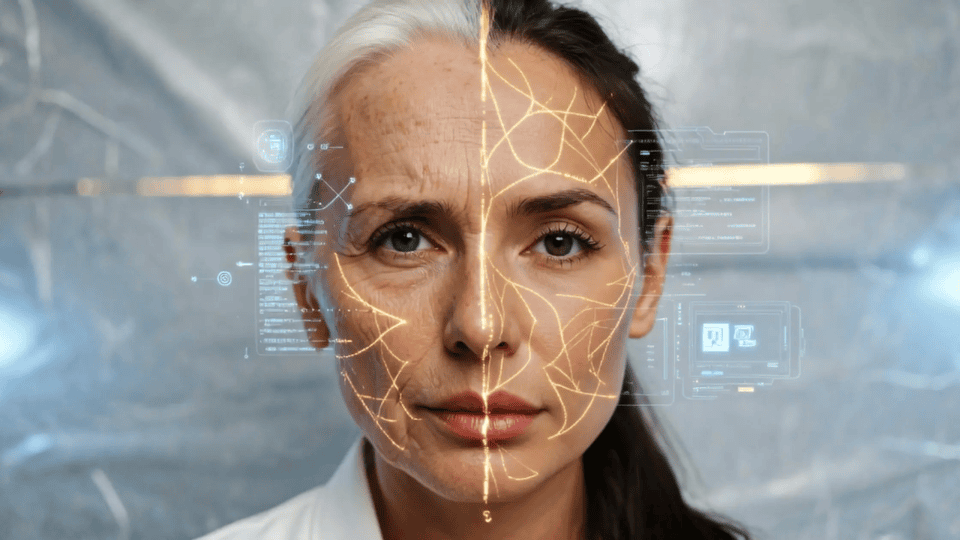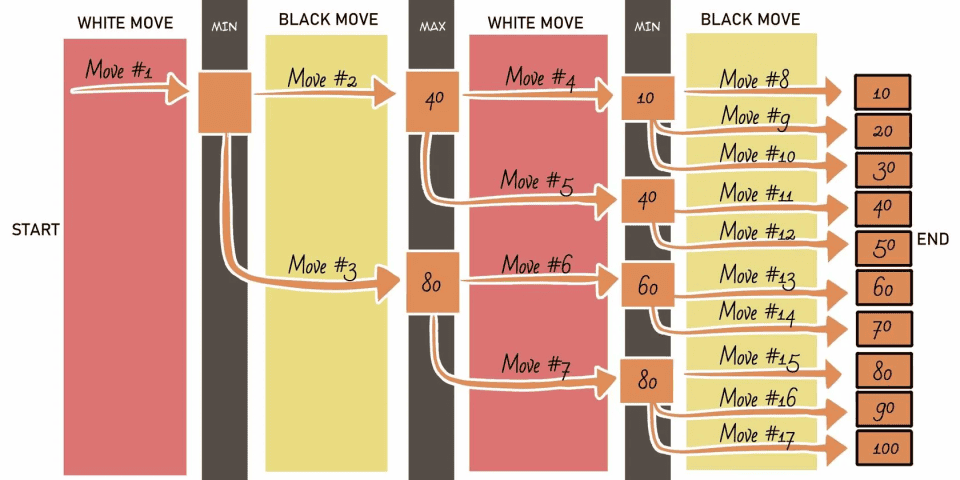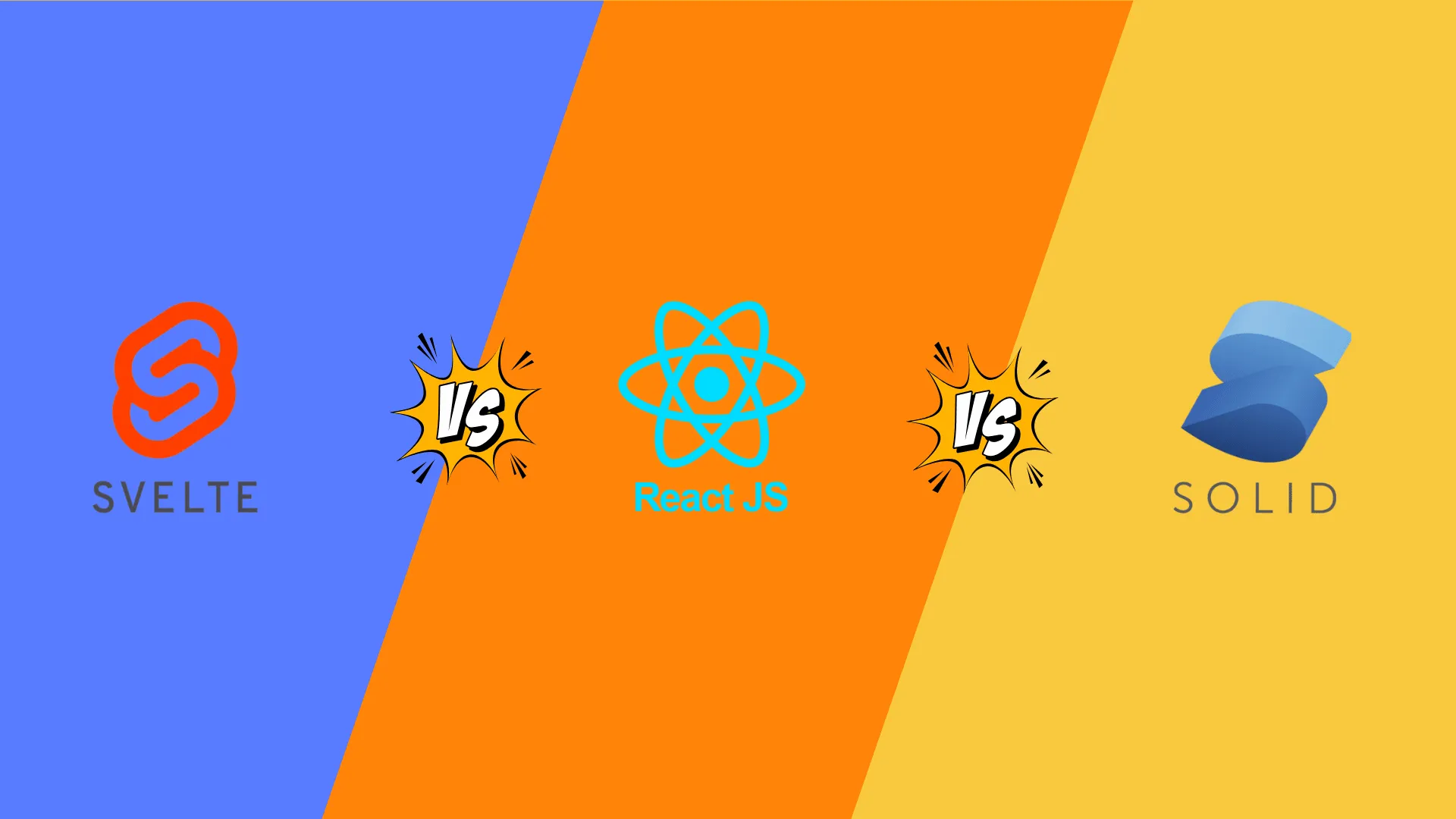The UAE – An Emerging Global AI Powerhouse
The United Arab Emirates (UAE) is not only keeping pace with the AI revolution—it's leading the way. With forward-looking policies such as the UAE Strategy for Artificial Intelligence 2031, the nation has established itself as a global testbed for AI innovation.
But why is the UAE's AI journey unique compared to the rest of the world?
1. Government-Driven AI Adoption – While in most countries AI is spearheaded by private companies, the UAE government is proactively implementing AI in public services, ranging from visa processing to smart policing.
2. Melting Pot of Cultures & Languages – With more than 200 nationalities, AI-driven translation and communication solutions are not only helpful—they're critical.
3. Severe Climate & Urbanization Issues – AI can optimize energy during blistering heat, forecast sandstorms, and regulate quick urban growth.
4. Mass Tourism & Luxury – The UAE receives millions of tourists each year. AI can customize stays in hotels, malls, and destinations such as the Burj Khalifa.
With these peculiarities in mind, let's examine the top 5 AI tools that need to be adopted extensively across the UAE—and why they are important.
1. ChatGPT-4o (By OpenAI) – The Multilingual AI Assistant Transforming Business & Tourism

Why the UAE Needs It
The UAE workforce and visitors speak dozens of languages, and real-time translation and communication is a vital necessity. ChatGPT-4o is more than a simple translation tool—it can write contracts, complete customer service automation, and even aid in legal consultations in Arabic, English, Hindi, and beyond.
Key Use Cases
- ● Tourism & Hospitality: AI-powered concierges in Dubai’s luxury hotels can provide instant, multilingual assistance, improving guest experiences.
- ● Government Services: Dubai’s Smart Dubai 2021 Initiative could integrate ChatGPT-4o into its apps, allowing expats to apply for visas, pay fines, and get legal advice via AI chatbots.
- ● Corporate Sector: Businesses can use AI to automate emails, contracts, and reports, saving thousands of hours in a fast-moving economy.
The Impact
By 2030, AI-facilitated communication tools would cut language barriers by 70% in the service sector of the UAE, turning it into the world's most expat-friendly business center.
2. MidJourney – AI-Generated Design for the UAE's Futuristic Architecture

Why the UAE Needs It
The UAE boasts some of the world's most ambitious architectural projects, including the Museum of the Future and Ain Dubai. MidJourney's AI can assist architects in visualizing concepts in seconds, speeding up design cycles that would typically take months
Key Use Cases
- ● Real Estate & Urban Planning: Developers such as Emaar and Nakheel can utilize AI to create hyper-realistic property renders prior to actual construction.
- ● Luxury Branding & Marketing: Dubai Mall's high-end brands can develop ad campaigns with AI featuring elaborate visuals customized for various cultures.
- ● Event Planning: Expo 2030 planners can employ AI to simulate crowd movements and plan engaging exhibition spaces.
The Impact
MidJourney would reduce architectural design costs by 40%, ensuring the UAE retains its status as the world capital of futuristic infrastructure.
3. NVIDIA Metropolis – The AI Brain for UAE's Smart Cities

Why the UAE Needs It
Dubai will become the smartest city on the planet, and AI-driven surveillance is the way to do it. NVIDIA Metropolis applies deep learning to examine video streams in real-time, aiding traffic management, accident detection, and security.
Key Use Cases
- ● Traffic Optimization: AI can forecast congestion in locations such as Sheikh Zayed Road and dynamically adjust traffic lights.
- ● Public Safety: Smart cameras can identify unattended bags in metro stations or mark wanted persons using facial recognition (within ethical boundaries).
- ● Disaster Prevention: AI can forecast sandstorms and notify authorities to take preventive action.
The Impact
By 2030, AI-driven city management could lower traffic accidents by 30% and halve emergency response times.
4. IBM Watson – AI-Driven Healthcare for a Diverse Population

Why the UAE Needs It
The UAE's health system treats locals, expats, and medical tourists, necessitating swift, precise, and personalized treatment. IBM Watson is capable of examining millions of medical records in seconds and assisting physicians in record digitization and suggesting treatments based on historical data.
Key Use Cases
- ● Record Digitization:Patients' records can be digitized as they speak with the doctor and provide medicine/ treatment recommendations for doctors to think and choose, if appropriate.
- ● Personalized Medicine: Watson can adapt treatment strategies based on a patient's genetics, lifestyle, and medical history.
- ● Pandemic Preparedness: AI models are able to trace virus spread patterns, assisting the UAE in preparation for future health emergencies.
The Impact
AI may decrease misdiagnoses by 50% and lower patient wait times by 40%, rendering the UAE's healthcare system one of the most effective worldwide.
5. DeepMind's AlphaFold – AI for Scientific & Sustainability Breakthroughs

Why the UAE Needs It
The UAE is spending billions on renewable energy, biotech, and food security. AlphaFold's AI can forecast protein structures, speeding up drug discovery and climate-proof agriculture—crucial for a desert country.
Key Use Cases
- ● Medical Research: AI can assist Tawam Hospital in inventing new drugs for local diseases, such as diabetes.
- ● Sustainable Farming: AI can design drought-resistant crops, advancing the UAE's food security objectives.
- ● Clean Energy: Scientists at Masdar City can utilize AI to design more efficient solar panels.
The Impact
AlphaFold would be able to reduce drug development timelines from 10 years to mere 2, making the UAE a biotech leader.
Conclusion: The UAE's AI-Powered Future Starts Now
The UAE is not only embracing AI—it's redrawing the map of how AI transforms nations. With these five AI tools, the nation can:
- ● Make business & tourism multilingual
- ● Transform architecture & urban planning
- ● Create the world's smartest, safest cities
- ● Provide faster, more accurate healthcare
- ● Provide faster, more accurate healthcare
The question is not if the UAE will lead AI—it's how soon.
What AI technology do you believe will have the greatest impact in the UAE? Share this blog with your thoughts on LinkedIN. Don't forget to tag us!
References
UAE AI Strategy 2031 - Strategy | Artificial Intelligence Office, UAE
PwC AI Economic Impact Report - https://www.pwc.com/m1/en/publications/ai-predictions-2023.html
Time’s article on UAE’s to become an AI power - The UAE Is on a Mission to Become an AI Power | TIME
Gen AI report in Middle East 2024 - Generative AI in the Middle East and GCC countries | McKinsey
Medium article by kuality AI - https://kualityai.medium.com/the-potential-of-artificial-intelligence-in-the-uaes-ai-powered-government-777d5ea86469






